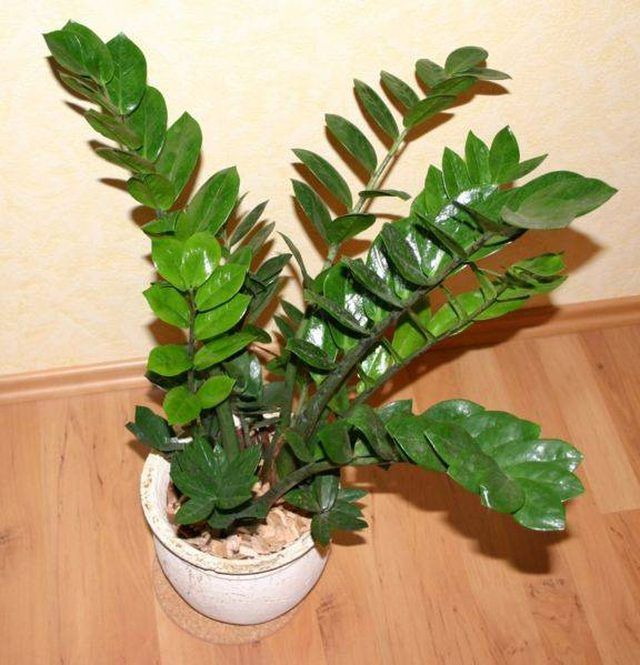Bulbs
Flower Basics
Flower Beds & Specialty Gardens
Flower Garden
Garden Furniture
Garden Gnomes
Garden Seeds
Garden Sheds
Garden Statues
Garden Tools & Supplies
Gardening Basics
Green & Organic
Groundcovers & Vines
Growing Annuals
Growing Basil
Growing Beans
Growing Berries
Growing Blueberries
Growing Cactus
Growing Corn
Growing Cotton
Growing Edibles
Growing Flowers
Growing Garlic
Growing Grapes
Growing Grass
Growing Herbs
Growing Jasmine
Growing Mint
Growing Mushrooms
Orchids
Growing Peanuts
Growing Perennials
Growing Plants
Growing Rosemary
Growing Roses
Growing Strawberries
Growing Sunflowers
Growing Thyme
Growing Tomatoes
Growing Tulips
Growing Vegetables
Herb Basics
Herb Garden
Indoor Growing
Landscaping Basics
Landscaping Patios
Landscaping Plants
Landscaping Shrubs
Landscaping Trees
Landscaping Walks & Pathways
Lawn Basics
Lawn Maintenance
Lawn Mowers
Lawn Ornaments
Lawn Planting
Lawn Tools
Outdoor Growing
Overall Landscape Planning
Pests, Weeds & Problems
Plant Basics
Rock Garden
Rose Garden
Shrubs
Soil
Specialty Gardens
Trees
Vegetable Garden
Yard Maintenance
How to Save a Zamioculcas Plant
How to Save a Zamioculcas Plant. Zamioculcas zamiifolia, commonly known as a ZZ plant, is a tropical perennial aroid meaning it is related to Arums and Philodendrons. It is an extremely low maintenance plant with no real pests, thriving in partial shade outdoors with bright indirect light to low light indoors. The requirements for a happy...

Zamioculcas zamiifolia, commonly known as a ZZ plant, is a tropical perennial aroid meaning it is related to Arums and Philodendrons. It is an extremely low maintenance plant with no real pests, thriving in partial shade outdoors with bright indirect light to low light indoors. The requirements for a happy Zamioculcas zamiifolia are few but finite so if your plant is suffering or dying, the causes can easily be remedied given the plant is not too far gone. You need to avoid direct sun, avoid root bind and have it in only rich well-drained soil so it does not stand in wet soil that will yellow and drop the leaves and rot the roots.
Things You'll Need
Water
Quality potting soil & sharp sand
Shallow pot at least 2x's size of the ZZ's root ball
Pot or ground location with good drainage
Sharp clean secateurs
Shovel or hand trowel
General purpose, water soluble fertilizer
Inspect the plant carefully and cut away with your secateurs any damaged or diseased leaves and stalks. Cut stalks down to the base of the plant if necessary. Discard these cuttings into the waste bin and not the compost pile, to avoid the spread of disease.
Slide your ZZ plant gently out of its pot. Loosen the roots so that they are not girdling the root ball and will grow in an outward direction. Release any old soil from the root ball and set it aside briefly.
Mix up a fresh batch of well drained soil for your ZZ plant with three parts good quality potting mix and one part sharp sand or builders sand to increase drainage capabilities. Fill a shallow pot with drainage holes partially full with the new soil mix. For outdoor ground plantings, dig in a few pounds of sharp sand into the soil with a hand trowel or shovel.
Slide the ZZ plant into the new pot or ground location, gently splaying the roots throughout the soil. Ensure that the soil level stays consistent on the stems of the plant. Fill soil in around the roots, pressing gently with your palm to lightly compact. Water in well til consistently moist but not soaking wet.
Water your ZZ plant when it feels dry about an inch down into the soil. Over-watering is detrimental to the ZZ than slightly dry conditions.
Fertilize your Zamioculcas zamiifolia once a year with a good quality water soluble fertilizer in liquid form or in slow release encapsulated form such as osmacote.